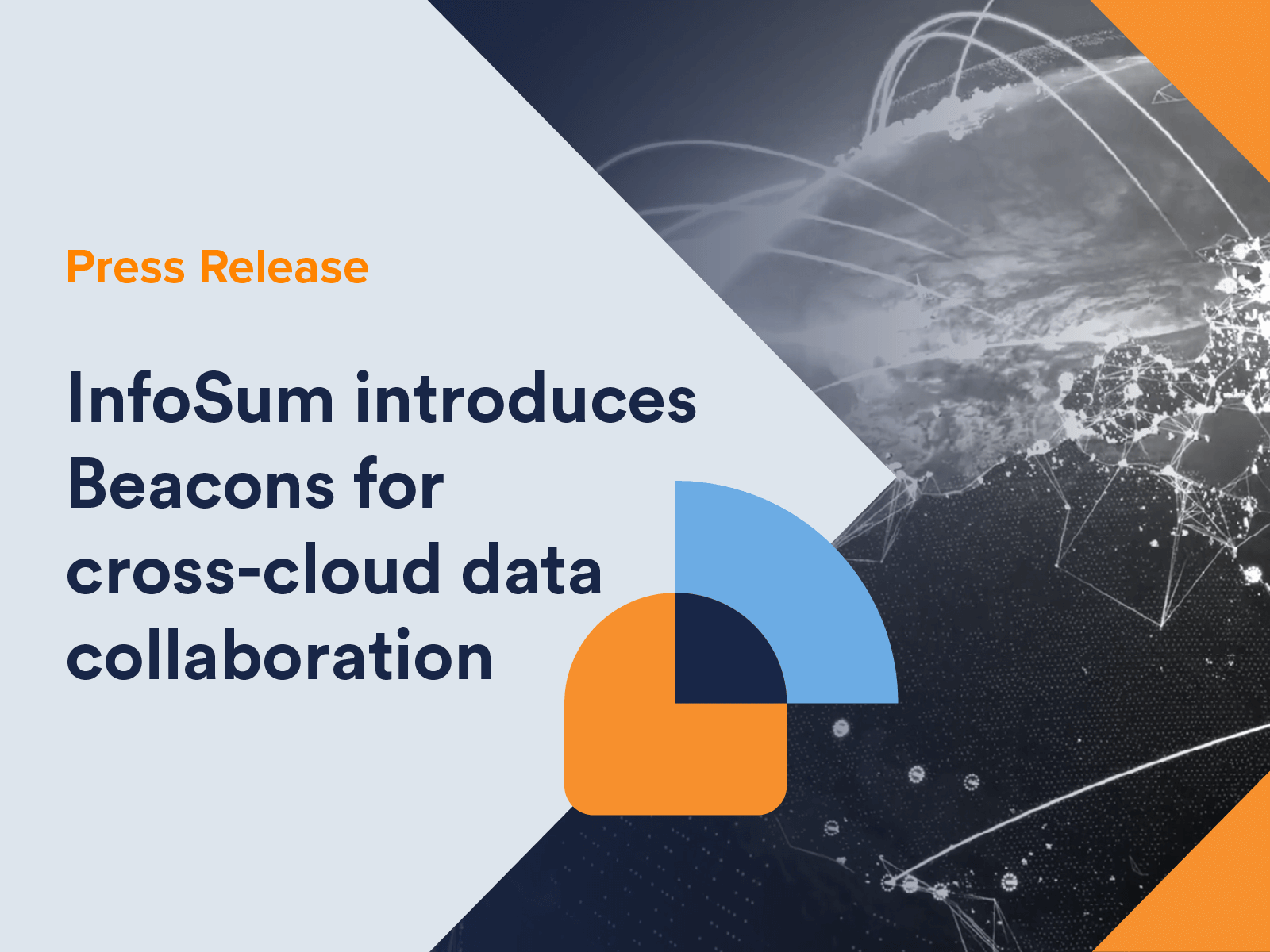Knowledge has always been power – and certainly interpreting the wealth of data consumers generate online continues to be key to understanding them.
But the old knowledge hierarchies are being pulled apart by significant change. Third-party cookies, long the mainstay of understanding consumer behaviour online, are being increasingly hobbled by privacy legislation such as GDPR in Europe and CCPA in the US, as well as cookie-blocking technology on Apple and Firefox browsers. A greater focus on privacy and quality, neither noted strengths of third-party data, means its days of offering breadth and depth of behaviour analysis are drawing to a close.
Other options bring their own complications. First-party data, for example, is often more qualified, robust and refreshed more regularly than third-party data, as we tend to be creatures of habit in our consumption of products and services. It is also much less contentious on the privacy front as the direct relationship between the user and the website, product or service makes it more straightforward to ensure the correct data processing permissions are in place. But it also can lack in breadth for this very same reason, because it is limited by what each company knows about its users.
However, one company’s knowledge is just a tiny part of the sum total of a user’s digital footprint. Others will each know different things – and any combination of these creates second-party data, building up a more complete profile by integrating the jigsaw pieces that each party holds. This makes sense for marketers trying to better understand their customers and is mutually beneficial to all parties, but companies have previously been nervous about sharing their first-party data with others, for reasons including security, compliance and commercial trust, as well as loss of value and control.
At InfoSum, we are pioneering a way to enable companies to maximise insights from their data sets through collaboration, unlocking the full potential of any data already owned without actually sharing any. Each data set is uploaded to a bunker, only accessible by the data controller, and remains there under the full control of its owner. A mathematical representation of each data set is created, which allows analysis, and insights from this to be shared, creating enrichment and activation opportunities across the board.
Say, for example, that a brand and publisher work together to plan an advertising campaign. The brand wants to know how many of its customers already visit this publisher, to better plan ad spend and strategy. This could inform whether to broadly run a prospecting, retention or upsell campaign for example, as well as enabling ad suppression where appropriate for existing users. The publisher, in turn, is able to find out more detail about its own users which have interacted with the brand, allowing it to unlock more value from its own data.
Creating an ecosystem of data collaboration using InfoSum enables all parties to evolve their understanding of their own customers, allowing each to build up identity graphs along the lines of those used to such great effect by Google and Facebook.
Both the brand and the publisher now have a greater understanding of their own data, offering greater customer leverage opportunities, without having to physically share it or hand it over. Trust within this collaboration is implicit, because the lack of sharing simply removes the need for it.
Put simply, InfoSum offers the easiest possible data collaboration with the maximum possible benefits and insights.







